This month we provide an update on the Hôpital de la Miséricorde and analyze controversial plans by Hydro-Québec to integrate an electricity substation into the haunted site. The ghost-ridden Hôpital de la Miséricorde has been empty for years and is starting to crumble. Located on prime real estate in Downtown Montreal...
Welcome to the sixty-sixth installment of the Haunted Montreal Blog!
With over 450 documented ghost stories, Montreal is easily the most haunted city in Canada, if not all of North America.
Haunted Montreal dedicates itself to researching these paranormal tales, and the Haunted Montreal Blog unveils a newly researched Montreal ghost story on the 13th of every month! This service is free and you can sign up to our mailing list (top, right-hand corner for desktops and at the bottom for mobile devices) if you wish to receive it every month on the 13th!
We are also thrilled to announce:
Winter Ghost Stories: A Québécois Tradition!
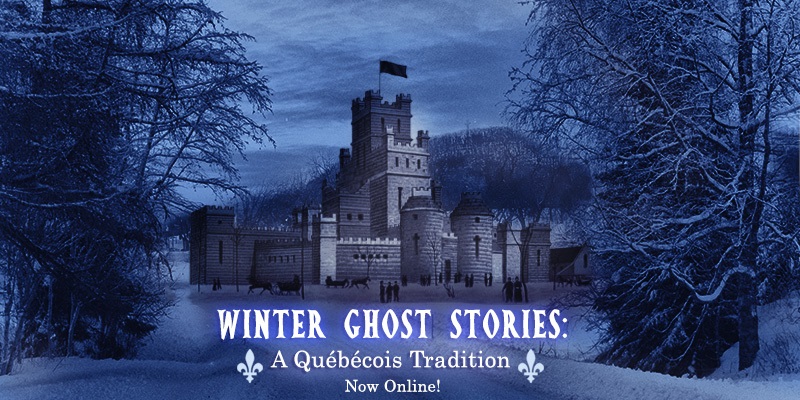
This virtual storytelling session resurrects the Québécois tradition of telling ghost stories during the long winter months.
Go back in time, from New France to Montreal’s Victorian Era, when creepy tales were told on winter nights around the hearth with a glass of mulled wine.
This online experience is ideal for:
- Virtual gatherings of family, friends and co-workers
- Romantic dates
- As gifts
Both public and private sessions are available! Details here. More details are below in our Company News section!
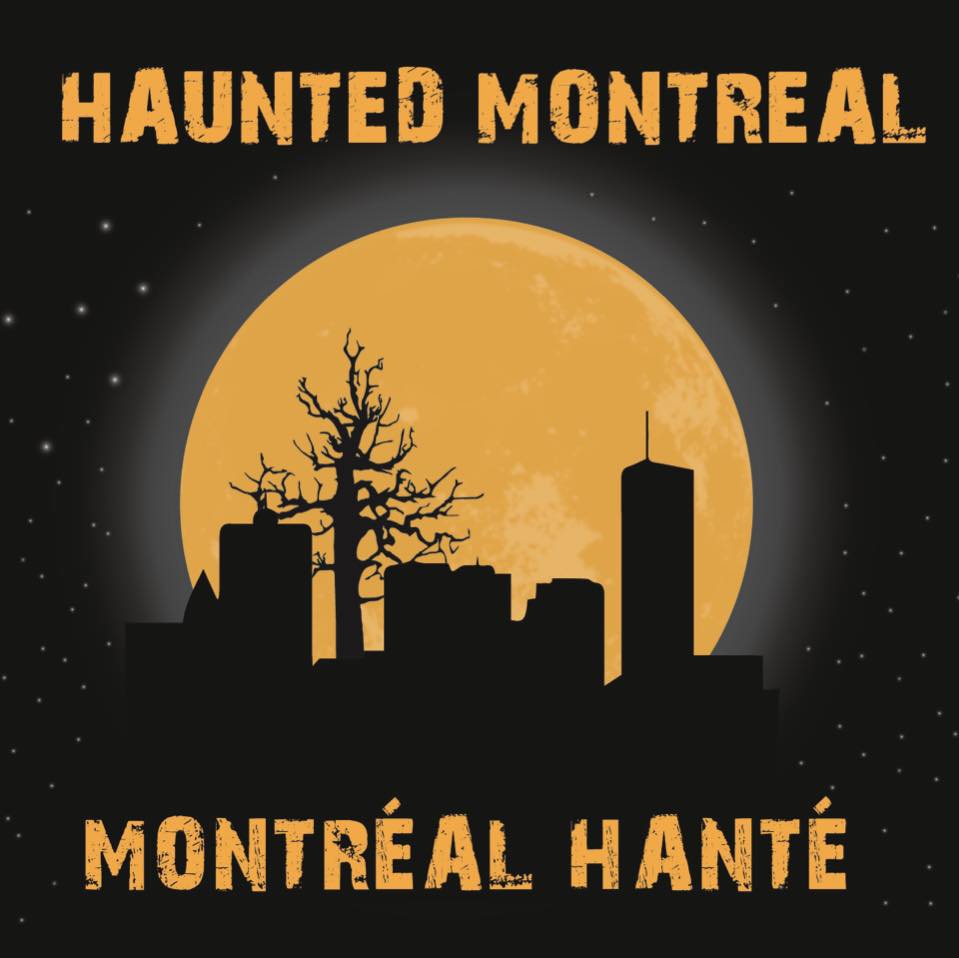
Please spread the word to those who might be interested in an online winter ghost tour experience!
Haunted Research
The Victorian Era began on June 20, 1837 with the birth of baby Victoria into the British Royal Family. She would become the British Queen and oversee a colonial Empire across the planet where the sun never set.

During the Victorian era, there was a popular tradition of telling ghost stories during Christmas all across the British Empire, including in the City of Montreal.
These spooky tales reflect darker, ancient, and more fundamental issues, such as the Winter Solstice, death, rebirth, and the connection between a ghost storyteller and his or her audience.
During winters of the 19th and early 20th Century, Montrealers celebrated the re-telling of these deranged ghost stories with a hot glass of mulled brandy or wine by a warm, crackling fire in the hearth.
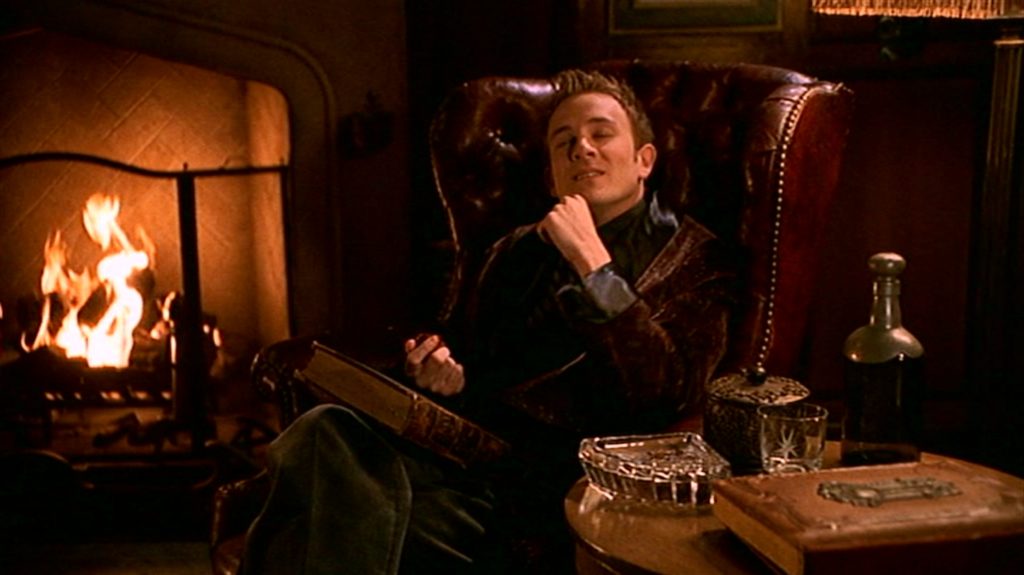
The winter has always brought many hardships to Montreal, the most obvious of which is the months of endless cold and snow.
In the Victorian Era, Montrealers came up with some novel ways to overcome the hardships of winter. With all the misery, solutions were sought to soften the edge of the hard winters.
Victorian Montrealers has some amazing traditions that no longer exist, notably the city’s famous winter carnivals. The first was held in 1883.
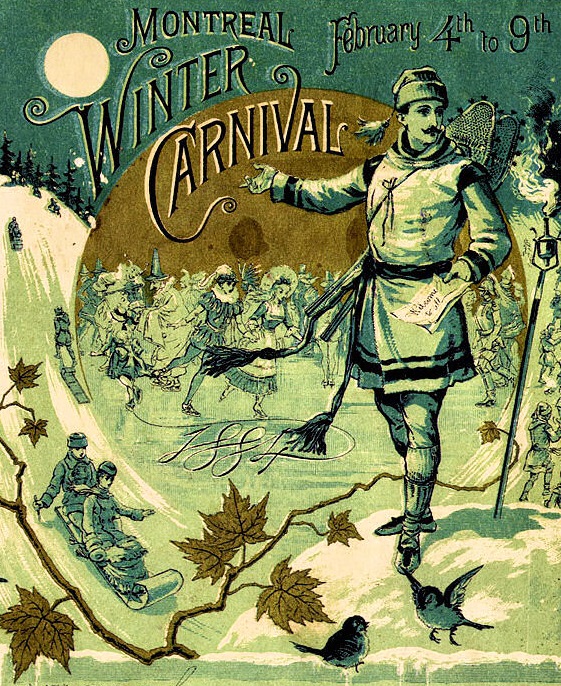
Another tradition was the telling of ghost stories during the Christmas holidays and over the wintertime. This tradition goes back thousands of years in Indigenous cultures, was all the rage during the colonial era of New France, and continued into the Victorian Era.
The ghost stories were especially popular at the Montreal Winter Carnivals. Set in late January or early February, the winter carnivals typically attracted 50,000 tourists to Montreal for winter sports and social gatherings. The streets were choked with thousands of sleighs, and parties and balls were held all over the city.
There were also ice sculptures in Dominion Square, curling bonspiels on the frozen river, and a giant toboggan slide down Peel Street.
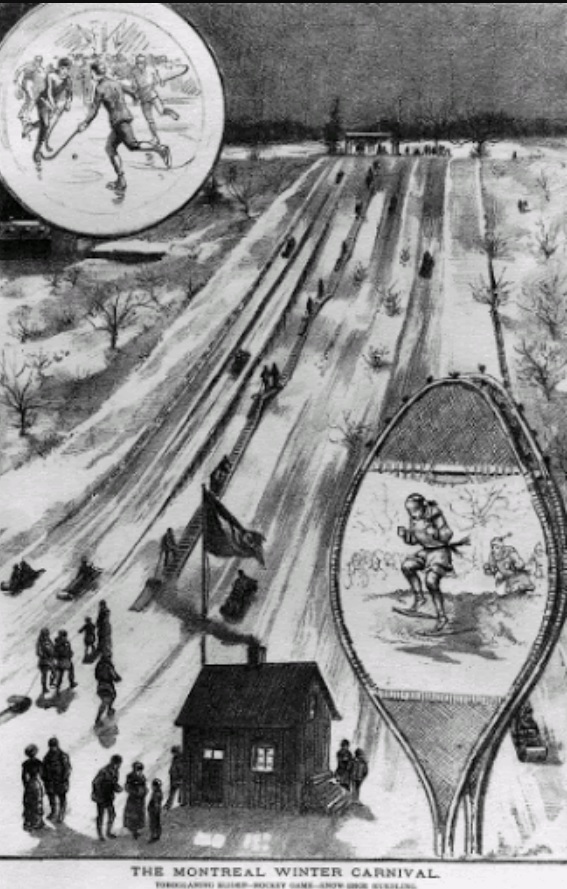
Torch-bearing snow-shoers would tramp up to the summit of Mount Royal, creating an illusion of a fiery snake ascending the mountain.
Winter sports were enormously popular. Snowshoeing, curling and tobogganing were very popular, as was the newly-created game of hockey.
Hockey was invented in 1885 in Montreal and matches were played at the palatial Victoria Rink, which also hosted lavish skating parties.
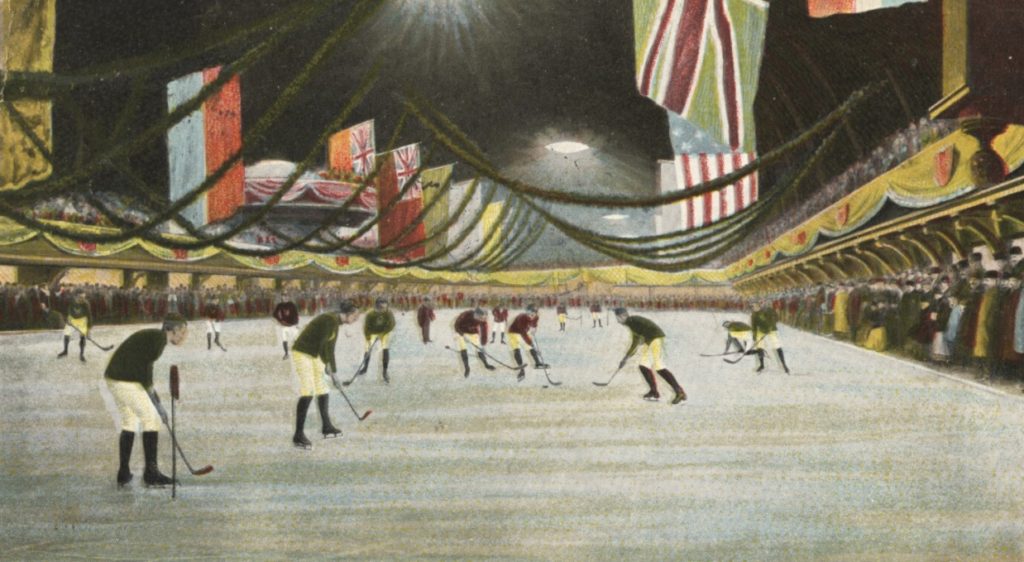
One of the major highlights of the Winter Carnival was the construction of massive ice castles in Dominion Square.
These magnificent structures were lit up at night and it was from here that colorful fireworks displays were launched to the awe of large crowds beneath the frosty night sky.
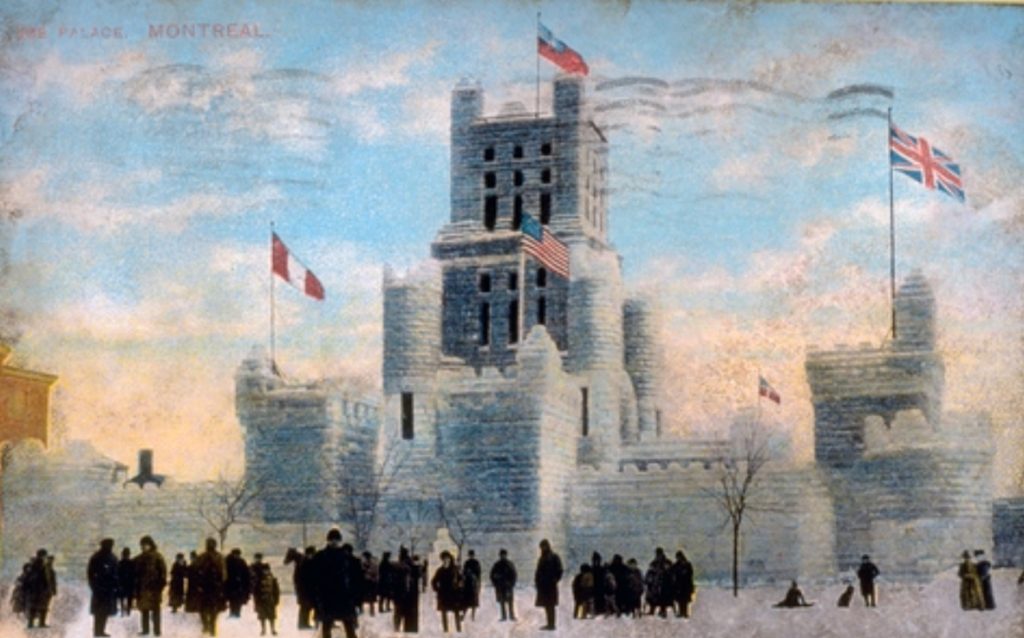
The ice castles were also rumored to be haunted on account of the fact that Dominion Square was established on the old Saint Antoine Cholera Cemetery which had closed in 1799 because it was full.
With tens of thousands of corpses buried under Dominion Square, many stacked in burial trenches, rumours spread that the Dead were unhappy with these celebrations taking place on their old cemetery.
Because fireworks were stored in the ice castles, they had to be guarded for safety reasons.

The night watchman was a fellow named Ambrose who was half-French and half-Irish. Being superstitious, he suspected that the ice castles were haunted.
Sometimes, he thought his eyes were playing tricks on him when he spotted what appeared to be frozen humans within the ice after sundown.
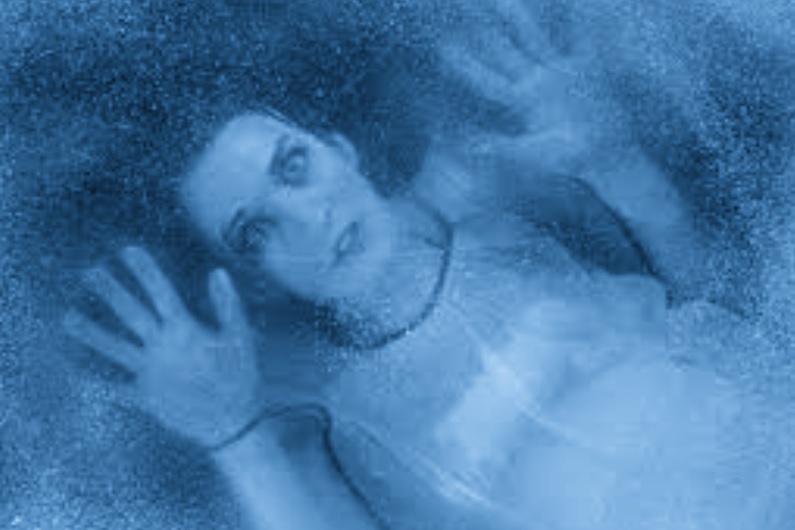
He also heard ghostly moaning sounds, which seemed to voice their disapproval of him being there. He often heard the disembodied words: “Respect the Dead” which seemed to echo through the icy corridors, courts and ballrooms.
He told his colleagues about these strange occurrences, and while they humored him, they did not take his claims seriously.
To keep himself sane, he brought along a flask of whisky, a pipe and a pouch of tobacco to calm his nerves during the long winter nights guarding the ice castle.
During the climax of the Winter Carnival week, the ice palace was site of a great battle between two “armies” of hundreds of snow-shoers.
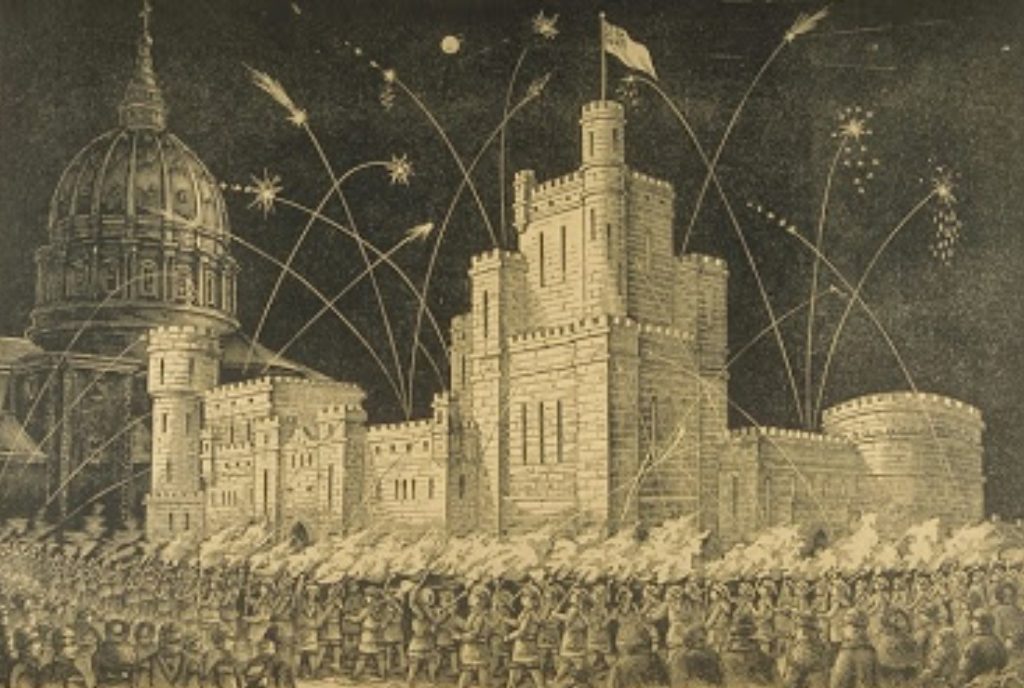
One group defended the ice castle while the other attacked it. The defending soldiers would line the walls and prepare for the oncoming siege. As the battle began, fireworks would be launched both from both armies, and from the walls of the castle.
The spectacular light show was described as a “fairy land,” with the fireworks and burning colored lights turning the sky into a “rainbow hue” that lasted half an hour.
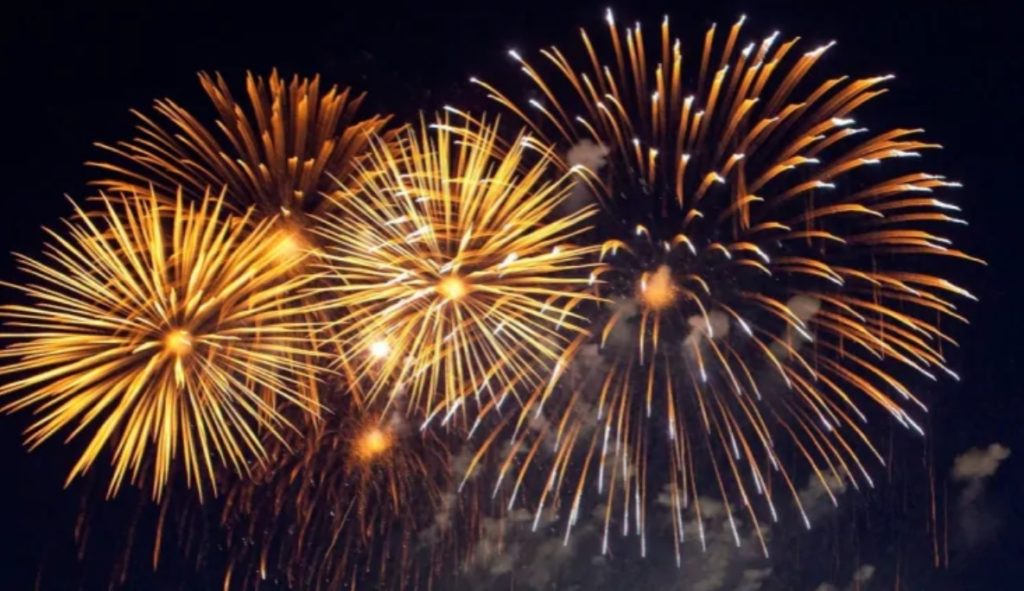
As the battle came to a close, the attacking army would overtake the palace and claim victory.
With the battle over, both sides would then converge and begin a torch-lit snow-shoe ramble up Mount Royal. Once on the heights, they would release more fireworks over the city.
When people returned to their homes or hotels, the fireplaces were stoked and piping hot mulled wine was prepared.

Once everything was ready, folks gathered around parlors across the city for a much-loved Victorian tradition – the telling of ghost stories!
Unfortunately, the famous Montreal Winter Carnival was not to last. The fifth and last edition occurred in 1889.
The final edition was very successful, at first. The same routine of winter sports and lavish balls entertained both tourists and local revelers.
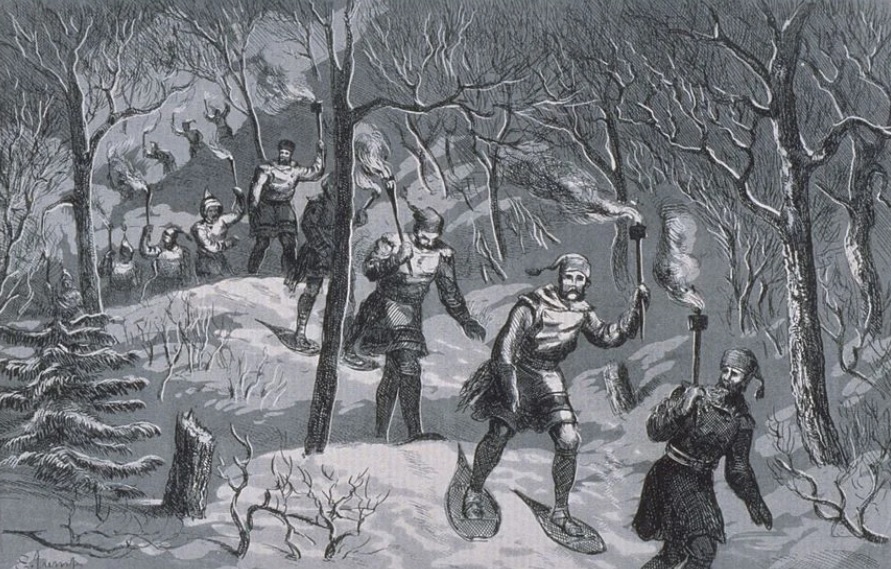
However, the night before the mock war at the ice castle, there was a serious problem.
Ambrose, the guard, was having a terrible time. More and more frozen bodies seemed to be appearing in the icy walls of the castle. To make matters worse, the disembodied moaning voices were becoming more frequent.
“Respect the Dead,” he heard echoing throughout the icy structure as he guarded the fireworks. “Respect the Dead,” again and again and again.
Ambrose was beginning to panic, so reached for his whiskey flask and drank a large sip. He then lit up his pipe.
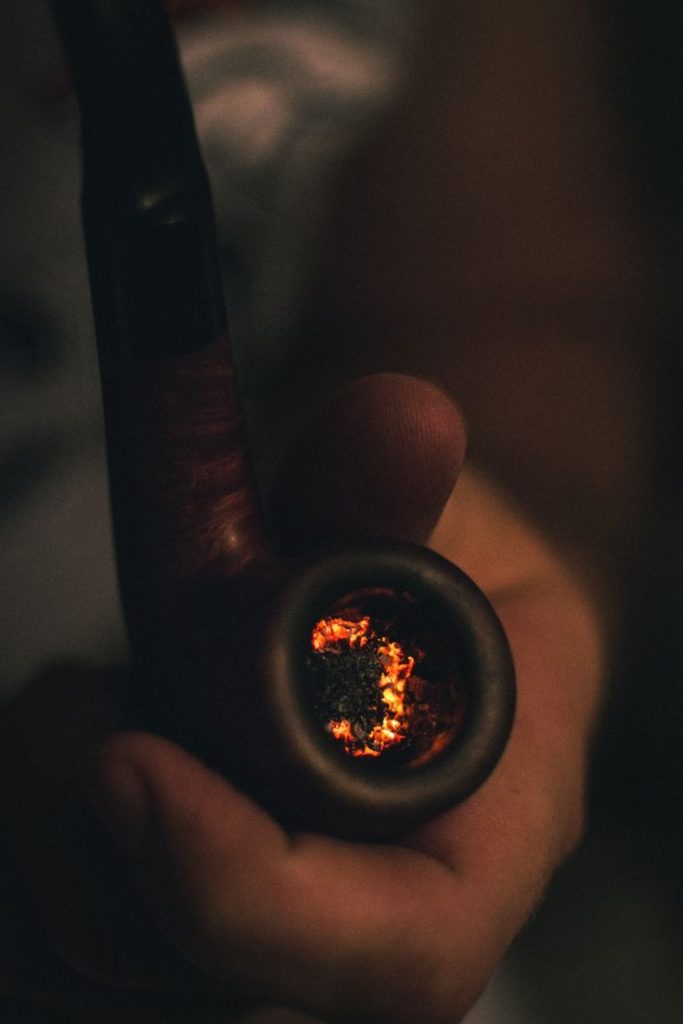
He continued to hear the voices: “Respect the Dead, Respect the Dead.” He was sure that he could see more and more frozen corpses appear within the ice.
Ambrose guzzled down the rest of his whiskey and began puffing furiously on his pipe. He felt as though he was losing his mind!
After finishing his last drop from the flask, Ambrose snapped! He started screaming at the ghosts who were haunting him.
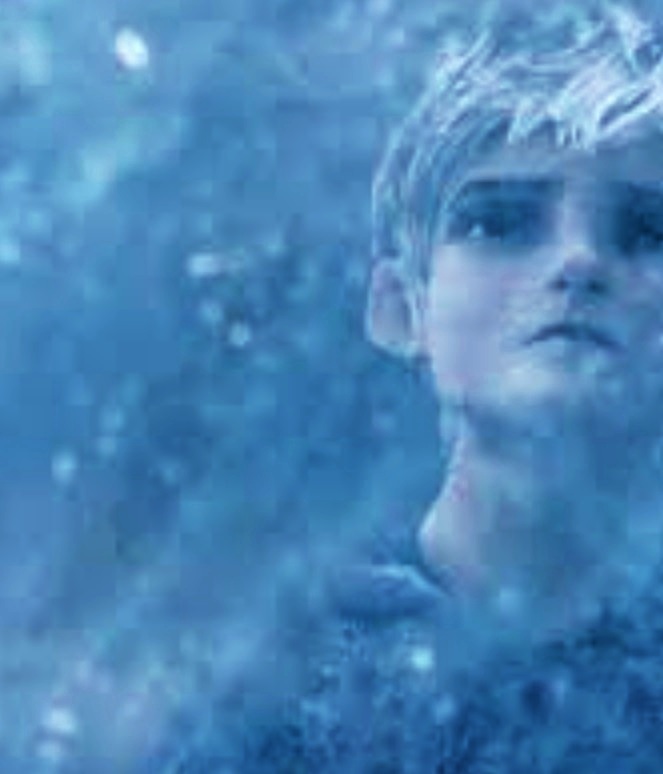
“Quit messing with my head!” he yelled out.
Then he heard it again. “Respect the Dead, Respect the Dead.”
Ambrose lost it. “Feck the Dead! Feck the Dead!” he yelled out.

As he puffed on his pipe, suddenly he felt as though something had given him a hard push. He went flying into the bundles of fireworks. His pipe spit out is burning ash.
Suddenly, Ambrose heard a sizzling sound.
Ambrose looked over and saw that the embers of his pipe had lit the fuse on one of the fireworks!
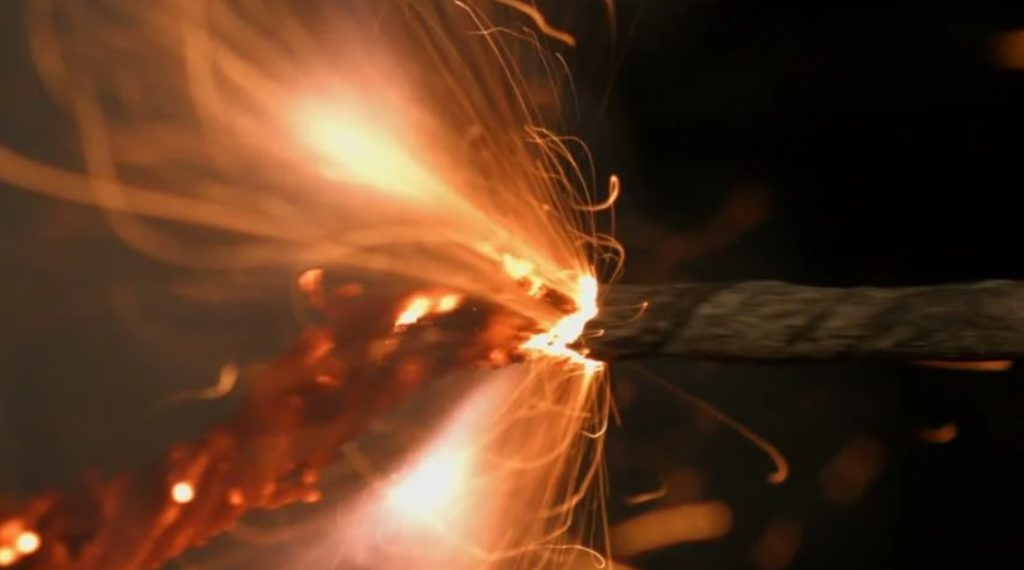
He scrambled towards it to try and extinguish it, but he was too late.
There was a loud explosion and all of the fireworks began exploding!
As they lit up the night sky, the fireworks also blew apart sections of the castle, reducing them into shards of ice.
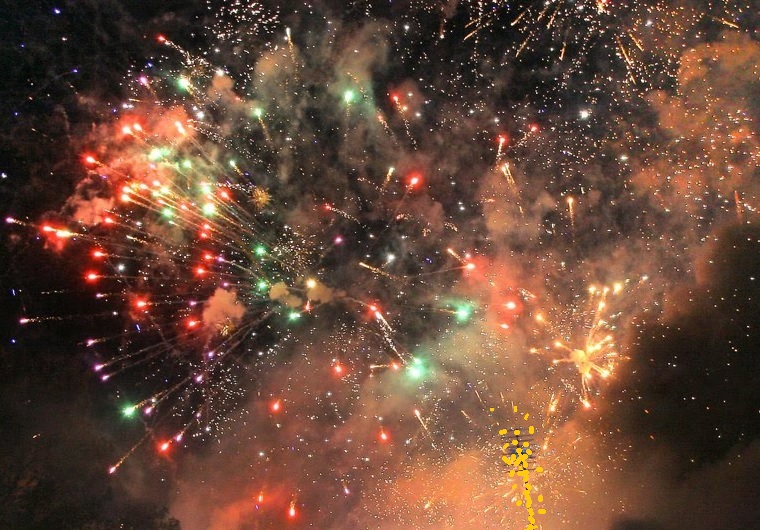
More sadly, Ambrose was soon discovered by his colleagues, lying among the ice shards. He had suffered severe burns to his body and was rambling about what had happened in a semi-coherent manner.
While the surgeons tried their best to help him, Ambrose passed away shortly after the explosion in the ice castle. The authorities tried to hush it up, but the damage was done.
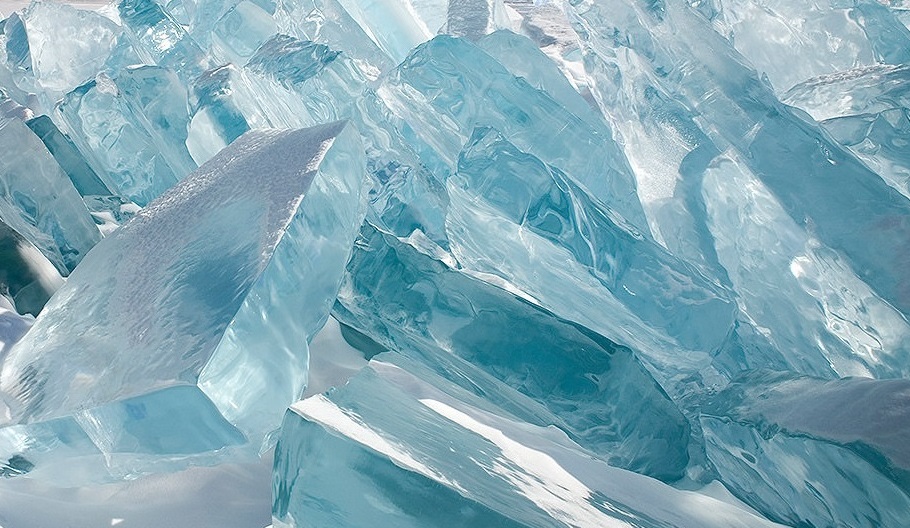
In addition to the fireworks stock explosion and tragic death of Ambrose, Montreal’s Winter Carnival was seen as having become too commercial. Its original authenticity just wasn’t there anymore. The party was over.
Montreal has not hosted a Winter Carnival since. The only reminder of these remarkable times is found within the city’s architecture.
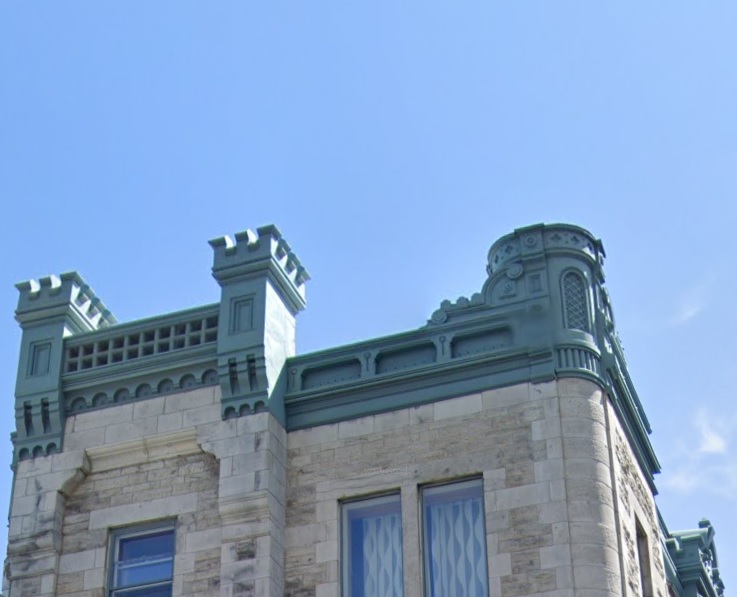
In neighborhoods such as the Plateau, Quarter Latin and Gay Village, the old Faubourg Québec, one needs only look up to observe the Ice Castle architecture adjourning many of the older buildings.
The Victorian Era ended on January 22, 1901 with the death of the monarch. With her passing, Victorian traditions began to fade across the British Empire, including in Montreal.
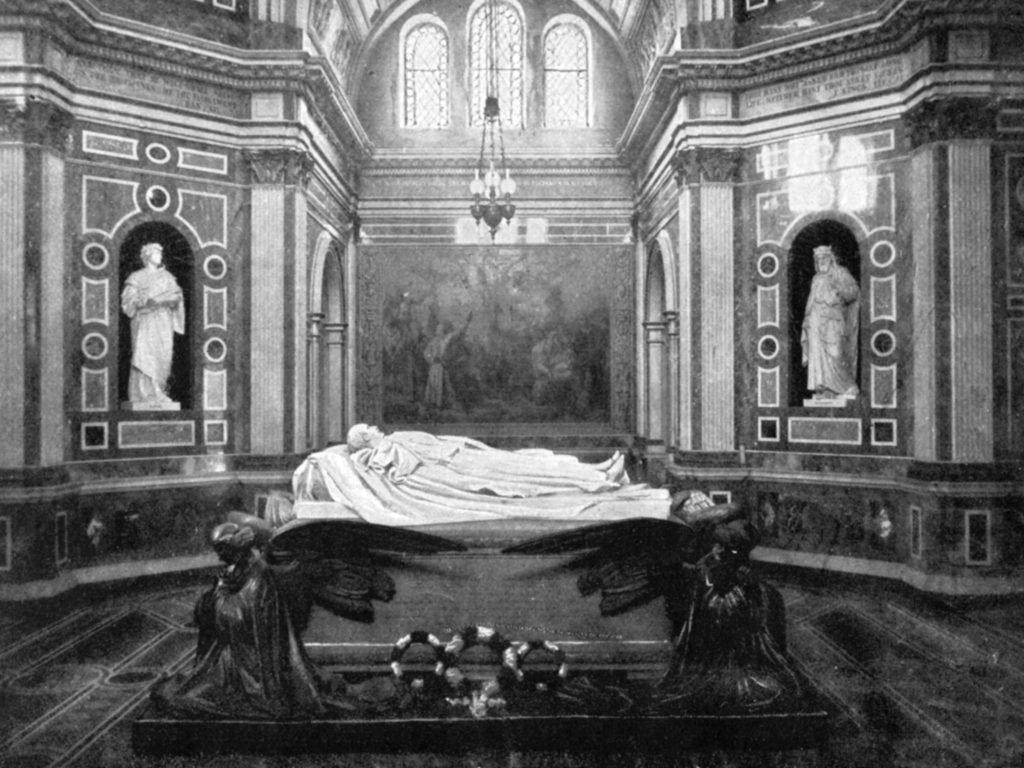
Not only was the Montreal Winter Carnival deemed a relic of the past, but with the advent of radio, silent films and eventually television and film, the telling of Christmas ghost stories began to fade.
It wasn’t long before Montreal lost its fascinating Victorian traditions in the winter.
Today, Montreal is unremarkable in its winter activities, even though the city is shrouded in the cold season for almost half of the year.
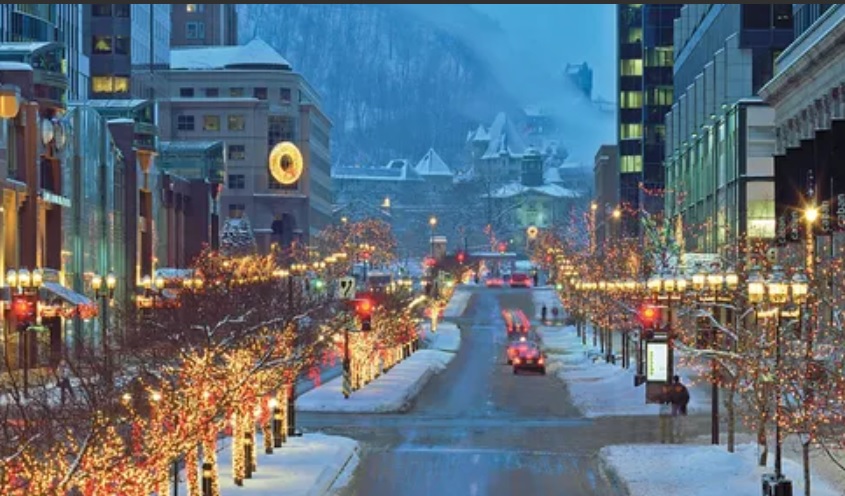
It is a real shame, given that the city’s once glorious Winter Carnivals during the Victorian Era put Montreal on the map as a winter destination.
As a city shrouded in winter for almost half of the year, it is not surprising that many of our ghosts appear at this time!
Company News
Haunted Montreal is thrilled to present our new virtual haunted event:
Winter Ghost Stories: A Québécois Tradition!
Prepare a glass of mulled wine or brandy, fire up your computer and go back in time to celebrate the winter in the style of Montreal’s bygone days. From the days of New France, the telling of ghost stories around the fireplace was one of the most popular traditions in the city!
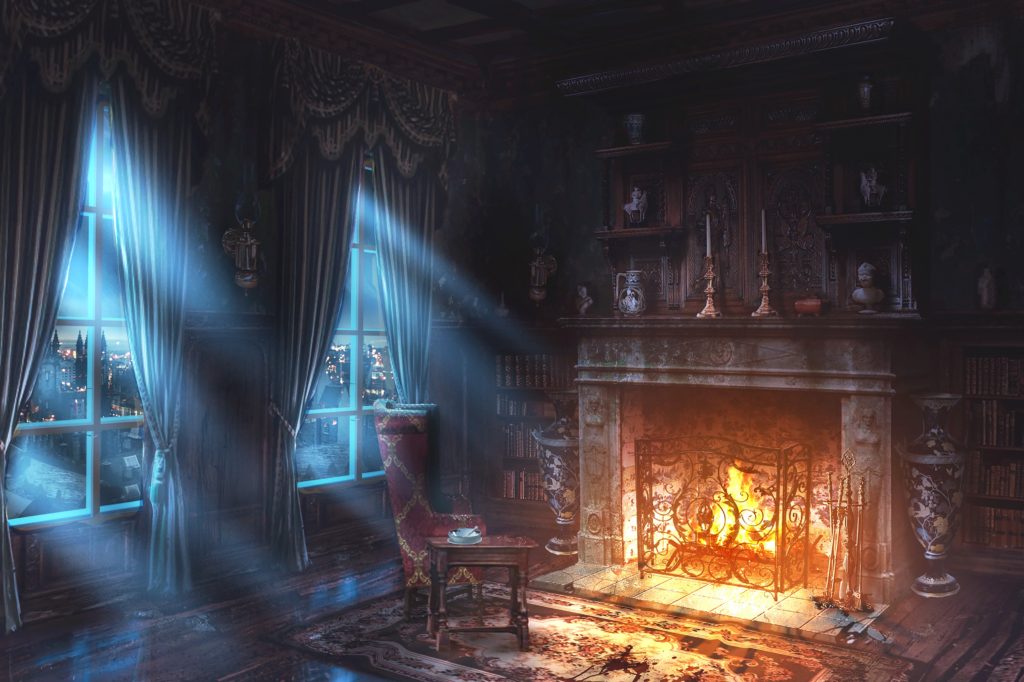
Guests will be regaled with winter ghost stories from Montreal’s past and hear about New France legends and the famous Winter Carnivals of the 1880s. Magnificent ice castles were built in Dominion Square – on top of the graves of tens of thousands of Cholera victims.
Learn the French-Canadian legend of a rustic ghost house – and the miser who was trapped inside it for decades!
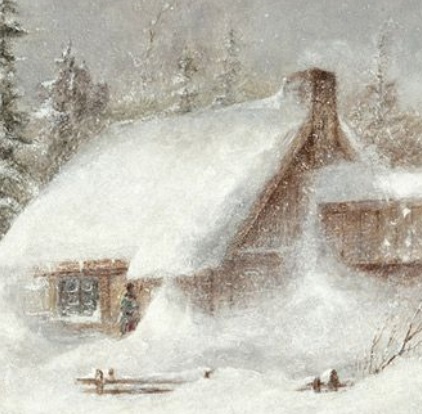
Hear all about Montreal’s haunted sewer network and a tragic accident one Christmas Eve that led to one collector being plagued by the deranged ghost of a vagabond.
Discover the most popular ghost story from the 1800s about a wealthy fur baron who was frequently spotted tobogganing down Mount Royal in his own coffin after his untimely death.
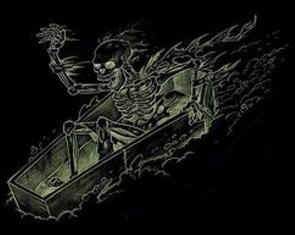
Lastly, learn about Montreal’s most haunted hotel – and the ghostly Lady in White who brings freezing temperatures with her wherever she wanders!
Winter Ghost Stories: A Québécois Tradition is ideal for romantic dates, family gatherings and as gifts for those interested in Montreal’s deranged history and ghost stories!
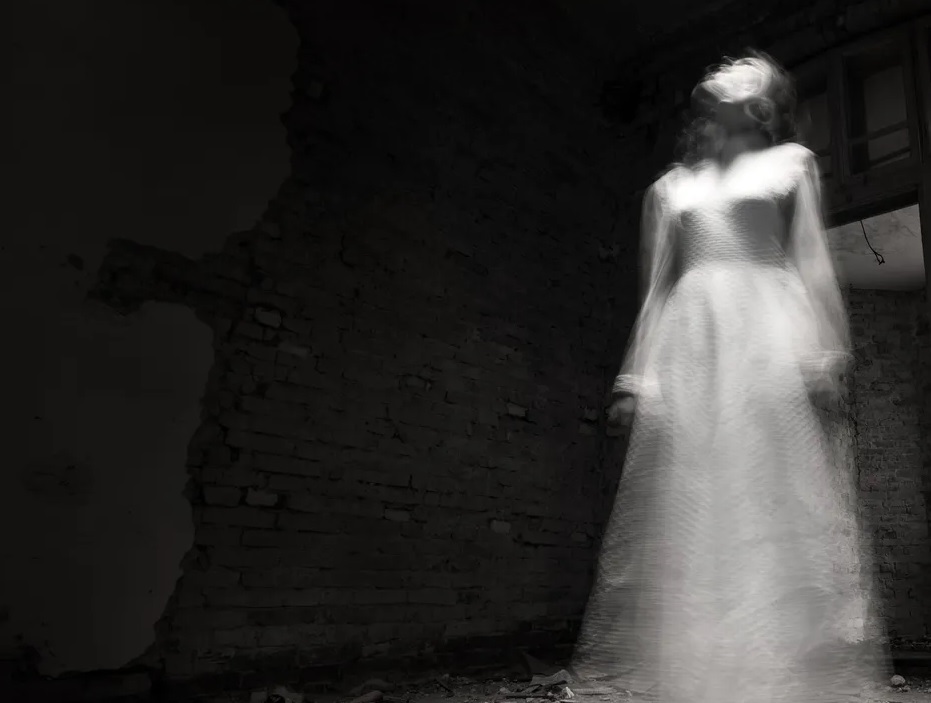
Both public and private storytelling sessions are available in English and French.
Public storytelling sessions take place every Friday or Saturday evening at 8 pm.
Private sessions are based on the availability of our professional actors and can be arranged by emailing info@hauntedmontreal.com.
Tickets are on sale now!
Haunted Montreal would like to thank all of our clients who attended a ghost walk, haunted pub crawl or paranormal investigation during the 2020 – 2021 season!
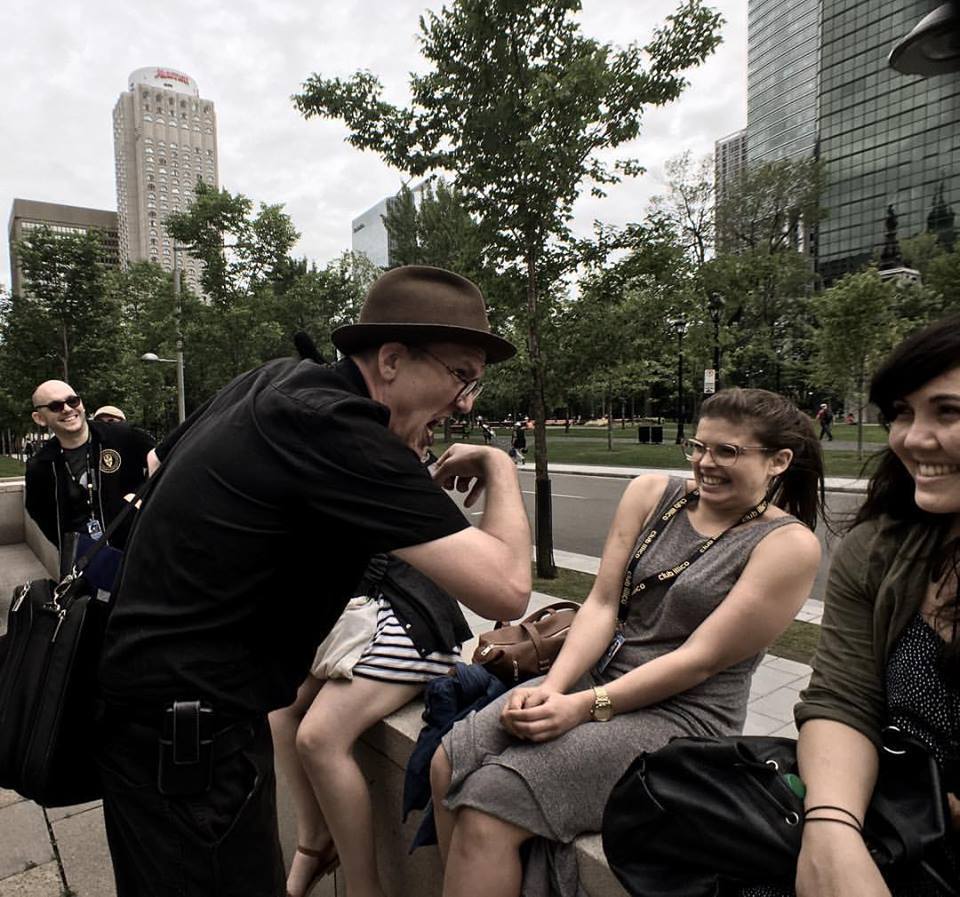
If you enjoyed the experience, we encourage you to write a review on our Tripadvisor page, something that helps Haunted Montreal to market its tours.
Lastly, if you would like to receive the Haunted Montreal Blog on the 13th of every month, please sign up to our mailing list.
Coming up on March 13: Brock Tunnel
The abandoned Brock Tunnel snakes from the old port to the city and was built in 1895 to speed up the transfer of merchandise being offloaded from the ships. At 200m long, the arched brick tunnel is a very dark and creepy place. Now sealed off on the port end, the tunnel is currently used by urban explorers and ghost hunters due to its haunted reputation. According to one condo owner near the entrance of the tunnel, it is not uncommon to see someone enter the tunnel and then run out screaming after a minute or two. Enter at your own risk!
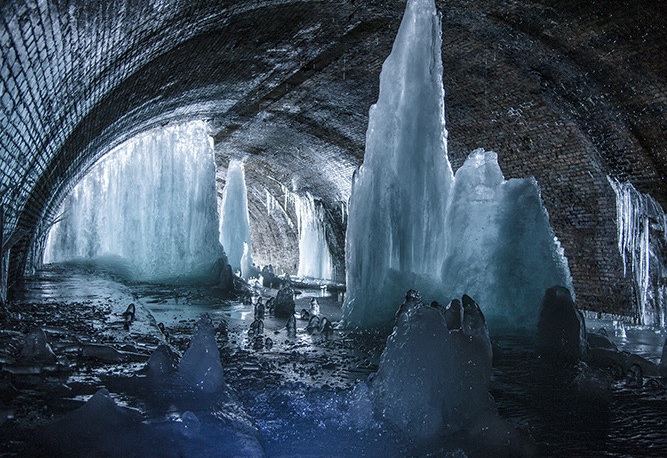
Donovan King is a postcolonial historian, teacher, tour guide and professional actor. As the founder of Haunted Montreal, he combines his skills to create the best possible Montreal ghost stories, in both writing and theatrical performance. King holds a DEC (Professional Theatre Acting, John Abbott College), BFA (Drama-in-Education, Concordia), B.Ed (History and English Teaching, McGill), MFA (Theatre Studies, University of Calgary) and ACS (Montreal Tourist Guide, Institut de tourisme et d’hôtellerie du Québec). He is also a certified Montreal Destination Specialist.


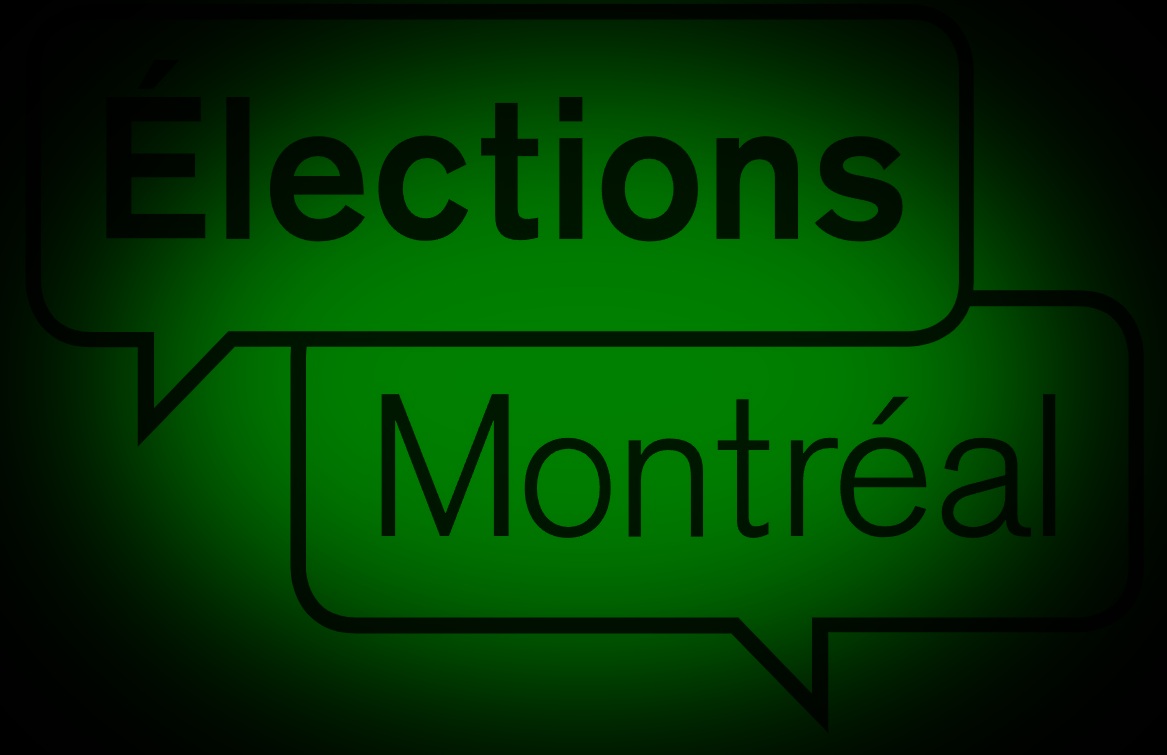
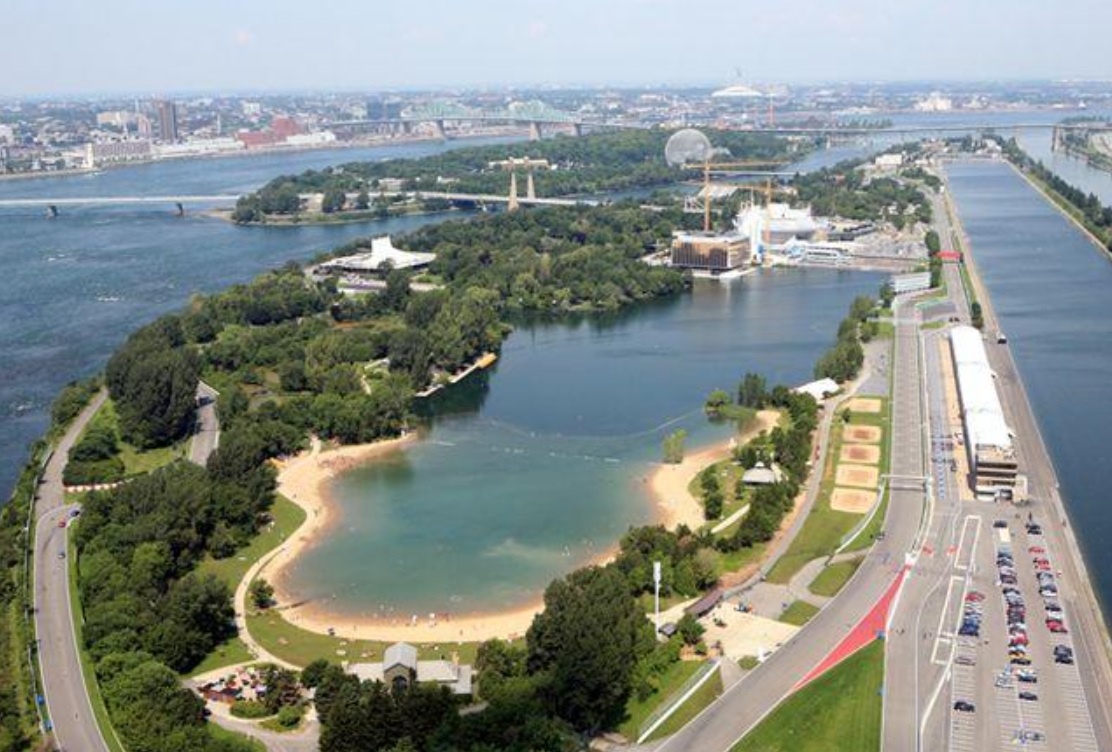
Comments (0)